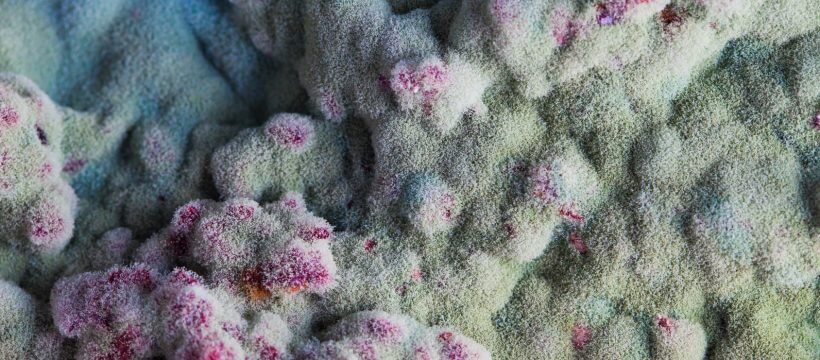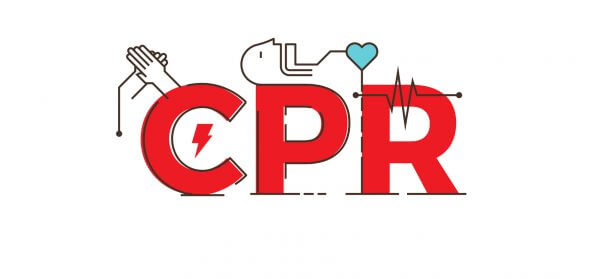
CPRNM® is a comprehensive directory designed to connect individuals and employers with top-tier training
providers including the AHA®, Red Cross®, and other training providers.*
Common Myths About Mold Exposure
The media would have us believe that exposure to indoor mold is the cause of all ailments, from headaches to allergies to asthma attacks. The mere mention of the word “mold” is enough to make some people anxious. While it can certainly be a serious problem, there are some misconceptions surrounding mold that are just not true.
All molds are bad
Hardly. Some molds are beneficial to our existence. Mold is used to make some cheeses and is also involved in the creation of antibiotics. Perhaps the most well known of these medicines is penicillin.
Mold causes health issues
This is half true. Mold certainly can lead to health problems, but not all molds will do it to all people. Every individual reacts differently when exposed to mold. Some are allergic, and the severity of the reaction will vary from person to person depending on sensitivity. Allergic reactions can range from minor rashes or nasal congestion to something as severe as anaphylaxis. Those with compromised immune systems are at higher risk for mold-related allergies, as are those who face prolonged mold exposure.
Bleach will kill mold
Again, this is not completely true. Certain types of mold on non-porous surfaces can be killed with bleach. On the other hand, it does not necessarily work with all molds or on porous surfaces. Bleach can be a hazardous material on its own, especially when used improperly, so it is not recommended as a mold removal solution.
No mold indoors
The reality is that mold can be found all around us, both indoors and out. Spores are even floating around in the air we breathe. The only way to avoid it is to live inside a plastic bubble. The problem is not so much indoor mold as it is the concentration levels of that mold. We will always have to live with exposure, but it should not be growing under the carpets and in the walls.
Mold is natural and can be left alone
Yes, it is natural, and we encounter it all the time. However, regular and prolonged exposure has been shown to affect human health negatively. Mold growths need to be removed quickly, as they will also eventually compromise the structural integrity of the building.
A little mold is nothing to worry about
It is not uncommon for minute amounts of the mold to go unnoticed until it affects the people living in the home or becomes visible. When it reaches that point, it has already become a big problem. Even if only a small patch can be seen, it likely means that there is much more growing underneath the surface.
No need to remove mold – just kill it
Ignoring the debate on what kills it, doing so will not remove the allergens that are still found in dead mold. Removal, therefore, is usually needed. It should be done properly so that it is not simply spread around the building. For that reason, professional cleanup is typically the better option, especially when the mold covers a large area.
 September 1, 2016
September 1, 2016 






